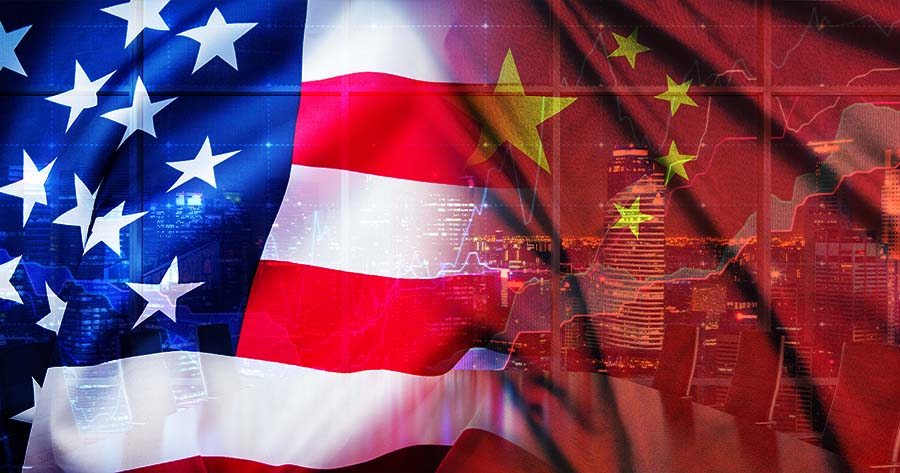U.S. and Chinese negotiators have agreed to pursue an extension of their 90-day pause on tariffs, after wrapping up what both sides described as encouraging discussions in Stockholm this week.
While significant breakthroughs remain elusive, the meetings raise hope for easing tensions in an ongoing trade conflict that has weighed heavily on the global economy.
It now falls to President Donald Trump to determine whether to prolong the current truce—scheduled to expire on August 12—or to permit tariffs to surge, potentially reigniting the tariff escalation that previously rocked markets and supply chains.
U.S. Treasury Secretary Scott Bessent struck a cautiously optimistic note, calling the meeting as “very constructive,” and indicated that the final approval still rests with the president.
Speaking to reporters upon his return from Europe, President Trump said Secretary Bessent gave him a positive review of the Stockholm talks, noting an improvement from previous talk.
U.S. Trade Representative Jamieson Greer confirmed that another 90-day extension of the tariff pause is under active consideration, but emphasized that President Trump would make the ultimate call.
If a compromise is not reached, businesses and financial markets could see renewed disruption, reminiscent of last year’s flare-up, when both parties threatened to impose tariffs at triple-digit rates.
Meanwhile, progress in striking deals with the EU, Japan, and Indonesia has not translated into a break in the impasse with Beijing, whose large economy and control over vital rare earths make negotiations uniquely complex.
According to Bessent, the U.S. and China could meet again in approximately three months, with subsequent discussions expected to further refine the nuances of agreements around rare earth exports—critical for technology and defense production worldwide.
The recent meetings also delved into long-term economic adjustments, with Washington urging Beijing to pivot toward greater domestic consumption rather than relying on heavy exports, arguing that such a shift would create opportunities for American exporters.
China’s chief negotiator Li Chenggang underscored the mutual benefits of continued dialogue, warning that confrontational trade policies would ultimately damage both economies and broader global prospects.
The International Monetary Fund, while revising its global growth forecasts upward on Tuesday, warned that renewed tariff escalation remains a key risk to the world economy.
These developments come on the heels of the U.S.’ recent trade pact with the European Union, which introduced a 15% duty on most EU exports to America. While the deal has offered some respite for the EU, it has provoked heated responses from France and Germany, who criticized the agreement’s terms and warned of harm to European industry.
Analysts note that China enjoys significant leverage as the world’s dominant supplier of rare earths, giving Beijing a unique hand in the ongoing trade contest.
At the same time, China’s comparative independence from U.S. military alliances allows it to adopt a tougher negotiating stance than the EU, which often weighs economic considerations against broader security commitments.
Additional talks in the months ahead are expected to revisit contentious issues, including U.S. restrictions on the export of advanced technologies, China’s state-supported manufacturing output, and the ongoing dispute over access to critical raw materials.
Separately, China’s industry minister met with U.S. corporate leaders, including representatives from Apple, to reassure American companies of Beijing’s commitment to maintaining fair competition and supporting foreign firms operating in the country.





